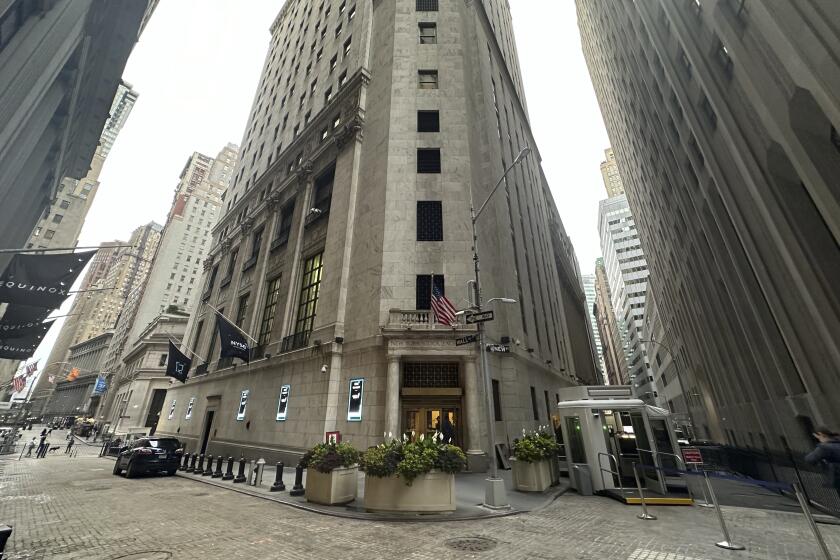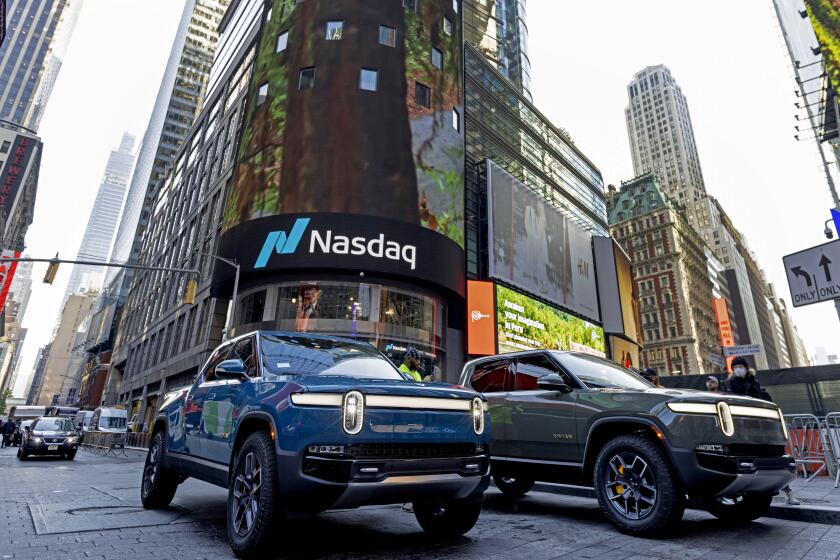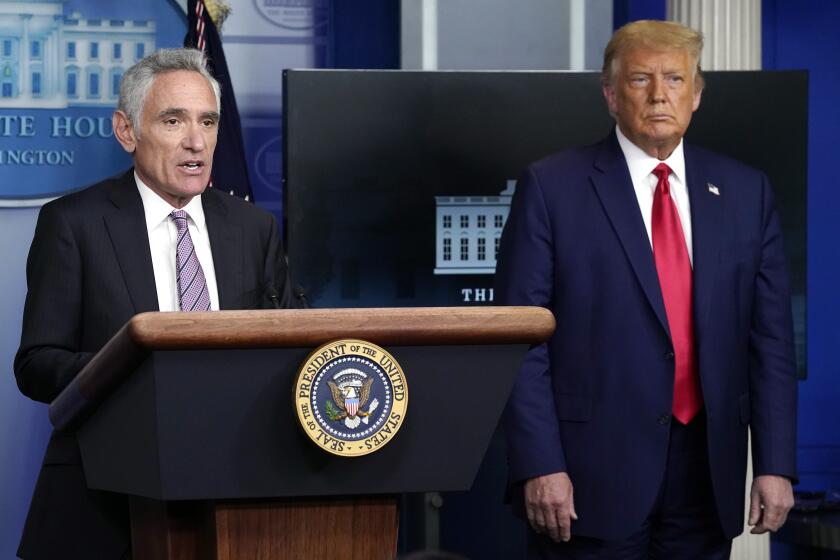IMPACT OF THE GULF WAR : For Cruise Missile Makers, Feelings of Pride, Vindication
For 18 years, the Convair division of General Dynamics Corp. here has endured one calamity after another--from congressional criticism to machinists’ strikes, disastrous early test firings to reprimands for faulty security procedures--in developing the Tomahawk cruise missile.
On Thursday, the apparently successful firing of 100 or more Tomahawks from U.S. Navy ships in the Persian Gulf War gave General Dynamics employees a somber sort of satisfaction.
Convair has manufactured the majority of the 2,000 missiles now in the Navy arsenal--McDonnell Douglas is also a supplier--but the early Thursday morning launchings from ships in the Persian Gulf were the first deployment in real fighting.
And by all accounts, Pentagon officials, including Defense Secretary Dick Cheney, were highly satisfied.
The missiles’ seeming success is at once a vindication and a psychic payoff for Convair, which began developing the controversial weapon in 1972, the year its engineers conceived of the torpedo-like, 18-foot-long, 3,200-pound missile.
“There is a sense of pride and satisfaction from people who had the opportunity to contribute to the system,” said General Dynamics spokesman Jack Isabel, describing the mood at the Convair plant Thursday morning. “It’s totally different when you build a system and test it from when it’s used and works as well as it was reported to have worked by the government today.”
Costing just under $1.1 million each, the missiles can be fired from submarines or surface ships. Although the Tomahawks had checked out well in tests--General Dynamics claimed that they could hit 30-foot-square targets from launch sites hundreds of miles away--only now has the acid test of a war finally been passed, company officials said.
General Dynamics won’t say whether more missiles are likely to be ordered as replacements for the ones used in the gulf this week, or whether the company might add to the 2,000 employees working on the missile program. The company is currently filling a 1990 Navy order for 280 missiles. Another 120 are on order from McDonnell Douglas.
General Dynamics won the prime contract for the missiles in 1976, beating out LTV and McDonnell Douglas by winning a “fly-off,” a competition held at San Clemente Island to determine which aerospace firm could launch the most accurate, effective missile.
With a contract in hand, General Dynamics began a series of test launches, many of which were wildly off target. In 1980, one test missile launched from a B-52 bomber set off a brush fire in Los Padres National Forest. Another weaved into a hillside in Ojai, a few miles from a residential area. An errant 1983 firing of a Tomahawk from a Navy ship also raised questions about the weapon’s effectiveness.
In 1982, the Defense Department issued a quality control reprimand, warning Convair about shoddy workmanship on the cruise missiles. The Pentagon, citing loose screws and bolts, threatened to take the contract away unless performance improved. The move resulted in the reassignment of Convair’s chief and five other executives.
The program’s status appeared shaky later in 1982, when Rear Admiral Walter Locke, then head of the Navy’s cruise missile project office, was replaced.
In 1986, Convair was investigated by the government for serious security deficiencies relating to missing documents, nearly losing its security clearance.
But despite setbacks, the missile consistently earned the backing of Pentagon officials, particularly during the Jimmy Carter Administration, when then-U.S. Defense Secretary Harold Brown championed the development of several high-technology weapons systems for use in the 1980s and 1990s.
The program took a large step forward in 1984 when General Dynamics and McDonnell Douglas agreed to exchange technology at the government’s urging and share the program. The result was a better missile at half the cost, observers said.
Congress has authorized the procurement of about 400 additional missiles annually through 1995. General Dynamics and McDonnell Douglas compete annually for the largest share of the procurement, with the low bidder receiving up to 70% of the procurement.
Wolfgang H. Demisch, an aerospace analyst with UBS Securities in New York, said the apparent success of the Tomahawk is “illustrative that superior weapons take a long time to come to fruition and proof positive that these guys know what they are doing.”
More to Read
Inside the business of entertainment
The Wide Shot brings you news, analysis and insights on everything from streaming wars to production — and what it all means for the future.
You may occasionally receive promotional content from the Los Angeles Times.










